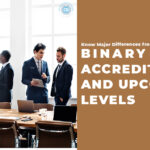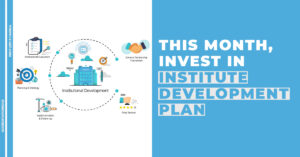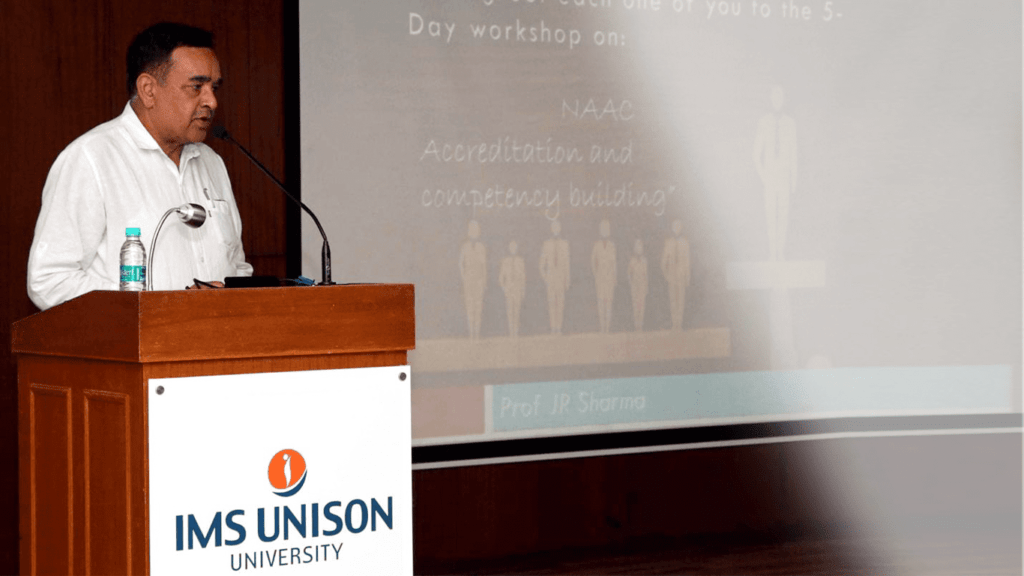A deep study of Annexure-1 reveals that approximately 90% metrics of the NAAC in its new Avtar would be same or similar as in its current form. Nearly every metric would be suitably articulated to draw focus to outcomes and impact.
Approx 10% would be somewhat fresh. It won’t be fair to blame anyone that no dramatic changes or reforms would be found incorporated. Fundamentally, academic processes, quality criteria, metrics and quality management systems hover around similar yardsticks and standards, internationally. Yes, the tools to accomplish QMS such as labs, ICT-driven teaching tools etc. do keep evolving. The quality of labs, support system, teachers, eco system and learning environment certainly differs from one to another institute all across the globe.
For example, OBE process is as old as World War 2. It started with ECDP in the USA in the year 1932 and later picked up by the ABET in 1980. The methodology of determining PEOs and POs as also A&A remains unaltered. Yes, a few improved assessment practices have found a way into the system. So much so, even curriculum of various disciplines is not so significantly varying between India and global universities.
So, a foreseeable newness and excitement lies ahead not in the type of metrics but in the method of unique buckets NAAC would develop for every category of HEI. A surprise also awaits in the way NAAC would digitally capture and cross verify data, leaving institutes in a tight bind of stating only the truth or near truth. A change might also be seen in the way the students and employers would be available to evaluate an institute on their choice. NAAC would also yearn to capture a hard impact of HEI’s initiatives on students, industry and on the society.
Searching the 10% newness
1. Curricular and Co-curricular activities and outcomes will be linked to students credits. HEIs would be required to extend students’s outreach, nationally and globally.
2. Faculty selection criteria will include, not just academic n’ research credentials but overall personality, skills and multiple interests and hobbies.
3. Offering Vocational education after 10+2 by the HEIs would be inescapable. It is good time to forge collaboration with industry to advance this initiative from the upcoming academic year.
4. Innovation and skilling will have substantial space in the metric weightage. Initiatives like Atal Innovation Mission etc. and a state-of-the art innovation centre humming with students on their projects would become so very essential.
5. A metric on mobility of students, scholars and faculty would be found included. Collaborations and tie-ups fulled by intense exchange activities would be counted.
6. Learning outcomes and Impact assessment will predominantly include start-ups, developing prototypes, quality jobs, higher education, awards etc.
7. Adoption of nearby education institutes, civil bodies and villages and participation in each others initiatives would be important.
8. Metric for twinning, joint and dual degree programs with foreign universities is a new metric that would find place. It would however require NAAC 3.01 CGPA as precondition and UGC approval.
9. Assessment of learning outcome (OBE) establishing levels and implementing areas of concerns will assume importance. Feedback of stakeholders would be inevitable.
10. Carbon footprints would add to the green practices. A faculty or two in the university should undergo a certificate course on SWAYAM in this area.
11. NEP implementation will get included as a metric. It is high time BOS and AC of institutes to invest time in revamping their UG programs to begin with as well become fully ABC compliant.
12. Students community projects and internships in NGOs will receive added emphasis. Plan it in advance for the upcoming summer.
13. Emphasis on multi-disciplinary research, research outreach by faculty. Research impact on the society and constructive public engagement will assume prominence.
✔️ 🦉 HEIs IQAC to begin initiatives right away by developing a calendar of activities and initiatives.
-_The above is an effort to foresee the future and drawing focus of HEIs not to stop building their capacity while an expert team prepares a SSR _
-Prof JR Sharma












